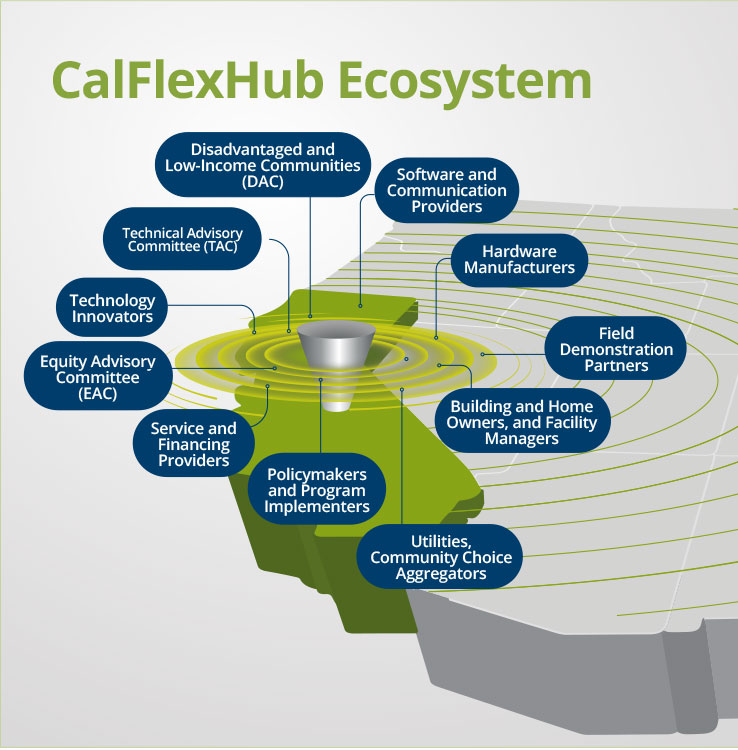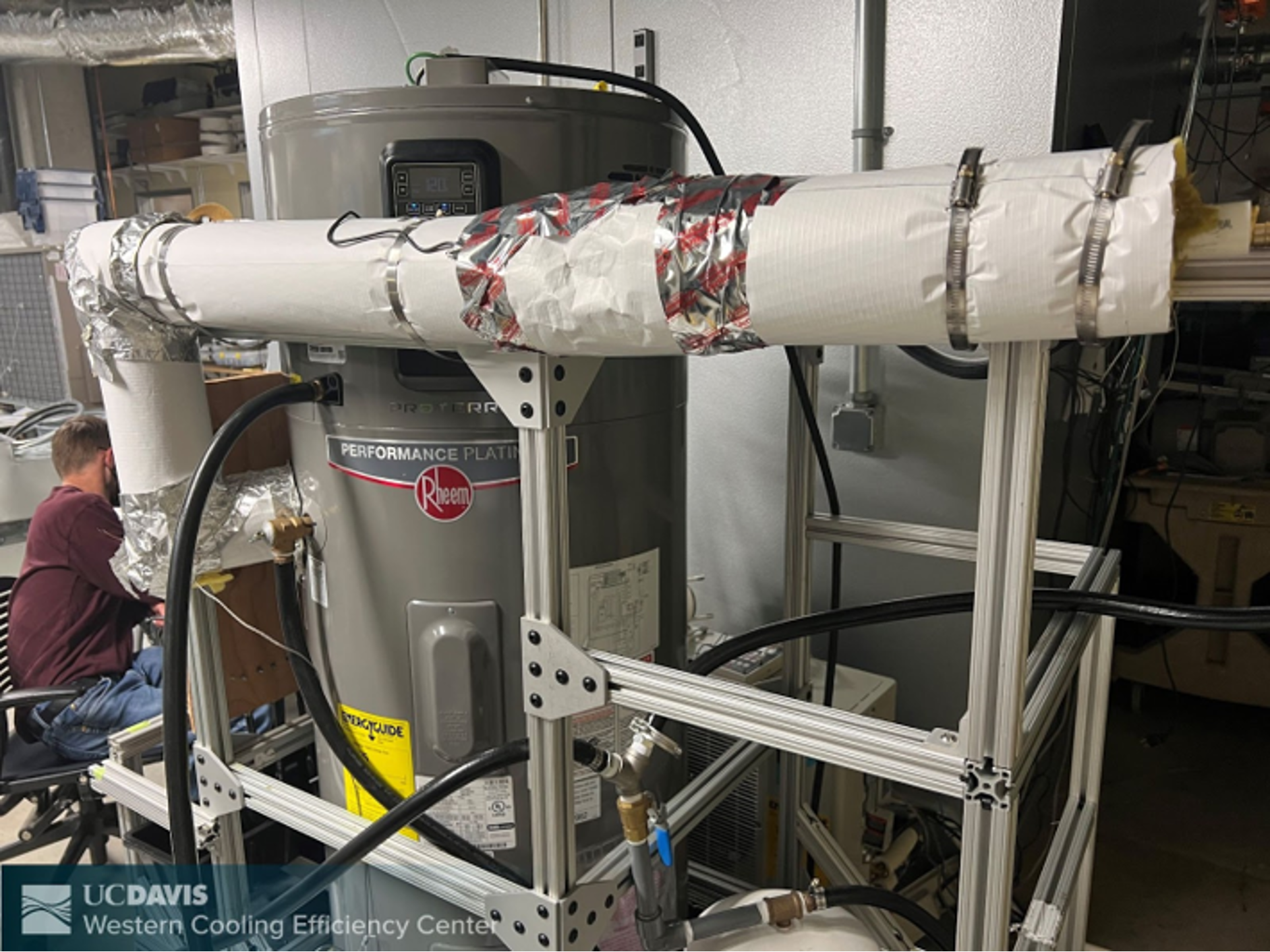
A Message from CEC Commissioner Andrew McAllister
The MIDAS-CalFlexHub Connection
The California Energy Commission (CEC) is excited for the launch of the California Load Flexibility Research and Deployment Hub (CalFlexHub). Managed by Lawrence Berkeley National Laboratory, CalFlexHub will develop, test and demonstrate demand flexible technologies and solutions that enable demand-side energy resources to support an increasingly sophisticated, renewables-centric electric system.
As California continues its ambitious and aggressive pursuit to reduce its emissions, the fuel of choice will be clean, reliable, resilient, low-carbon electricity. Its consumption will steadily increase with the electrification of buildings and vehicles, weather-related impacts of climate change, and the growing footprint of electronic devices. Electric load flexibility comprises an important set of management tools needed for California to achieve its goals for decarbonization, resilience, equity and public health. CalFlexHub will accelerate progress and help scale-up solutions to meet these goals.
CalFlexHub is developing and demonstrating numerous new and emerging building technologies such as communicating heat pumps for space and water heating, integrated thermal energy storage, communicating pool pumps, and EV charging with control platforms that are flexible and grid-integrated. These technologies are important elements of the CEC’s Load Management Standards, which will enable seamless automated demand flexibility, driven by dynamic rates and other grid-relevant prompts.
One of the critical elements of CalFlexHub is to detail how the CEC’s Market Informed Demand Automation Server (MIDAS) can serve as a central source of information for smart devices across the state. MIDAS is a database of current and future time-varying rates, Greenhouse Gas (GHG) emissions associated with electrical generation, and California FlexAlert Signals hosted by the (CEC). The database is populated by electric Load Serving Entities (LSEs), including Investor-Owned Utilities (IOUs), Municipal Utility Districts (MUDs), Publicly-Owned Utilities (POUs), Community Choice Aggregators (CCAs), and others.
The CEC and CalFlexHub’s shared vision is to facilitate and empower residents and businesses across all of California to utilize smart electric devices to respond to price and GHG signals to lower energy costs and improve sustainability. The cooperation and collaboration between California’s LSEs provide the necessary information. I am confident that CalFlexHub’s team of talented researchers, industry leaders, and community advocates will provide the equitable, effective and scalable demand-side solutions needed to achieve California’s decarbonization goals.
With optimism,
Commissioner Andrew McAllister
Advancing Dynamic Energy with CalFlexHub

Launched in September 2021, the California Load Flexibility Research and Development Hub (CalFlexHub) is a research, development, demonstration, and deployment program administered by Lawrence Berkeley National Laboratory (Berkeley Lab) and is funded by the California Energy Commission through the Electric Program Investment Charge (EPIC) program. CalFlexHub’s goal is to advance the capability of buildings to provide a flexible load to the California grid. This supports the state’s goals of decarbonization and a reliable and resilient electric grid. CalFlexHub is working to research, develop, and deploy practical solutions to identify pathways for California’s electrical loads to evolve from static demand to become integrated, flexible, price-responsive, and reliable resources for grid support. CalFlexHub brings together a multidisciplinary ecosystem of experts from numerous sectors—including industry, utilities, academia, manufacturers, and non-profits— to advance decarbonization while ensuring affordable, equitable, and dependable energy systems.
Project Spotlight: University of California-Merced Facility Partnership

UC Merced’s Project, Model Predictive Control for District Cooling with Thermal Storage will explore how to optimally operate the central cooling plant in response to dynamic electricity prices and GHG signals. Major assets in the plant include chillers, thermal energy storage (as shown in picture) and on-site PV power generation. Using sophisticated predictive controls that consider weather, electric loads of campus buildings such as office buildings, laboratories and classrooms, electricity prices and GHG, this project will maximize clean energy use and support the grid while reducing campus demand charges and utility costs. The team will explore how to best integrate with MIDAS.
Project Spotlight: University of California- Davis Research Collaboration


The UC Davis Western Cooling Efficiency Center is working on
Optimizing Heat Pump Space Conditioning and Domestic Water Heating Load Flexibility in Response to a Real-Time Price Signal.
The current research is focused on integrating the price signals, including integration with MIDAS, into an economic model predictive control problem for single-tank water heaters or mini-split heat pumps. For this work, the control problem is solved in the cloud and the result is communicated to the equipment using the manufacturer’s API or a Smart Thermostat. The control will be lab tested at UC Davis and field tested in two local low-income all-electric multi-family buildings, one of which is also located in a disadvantaged community.


